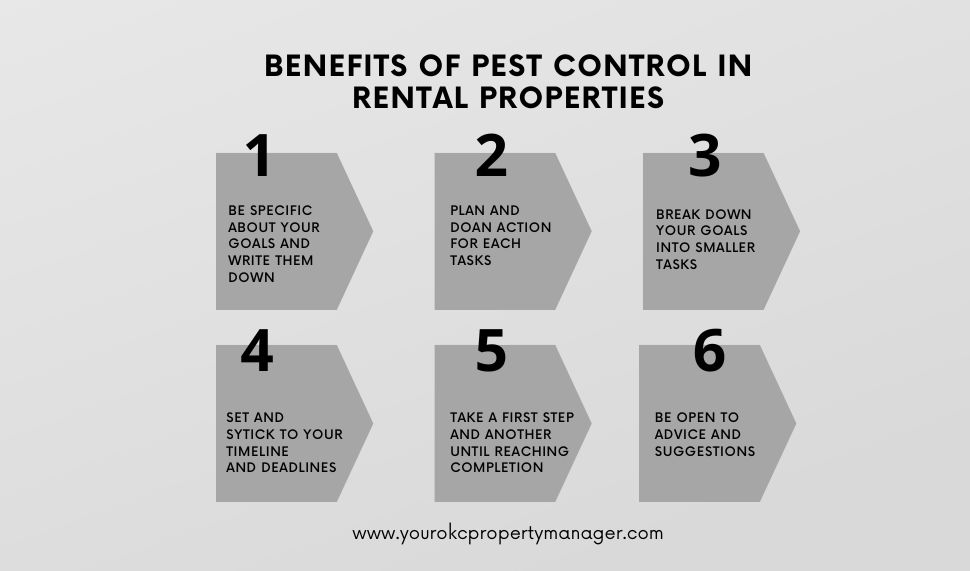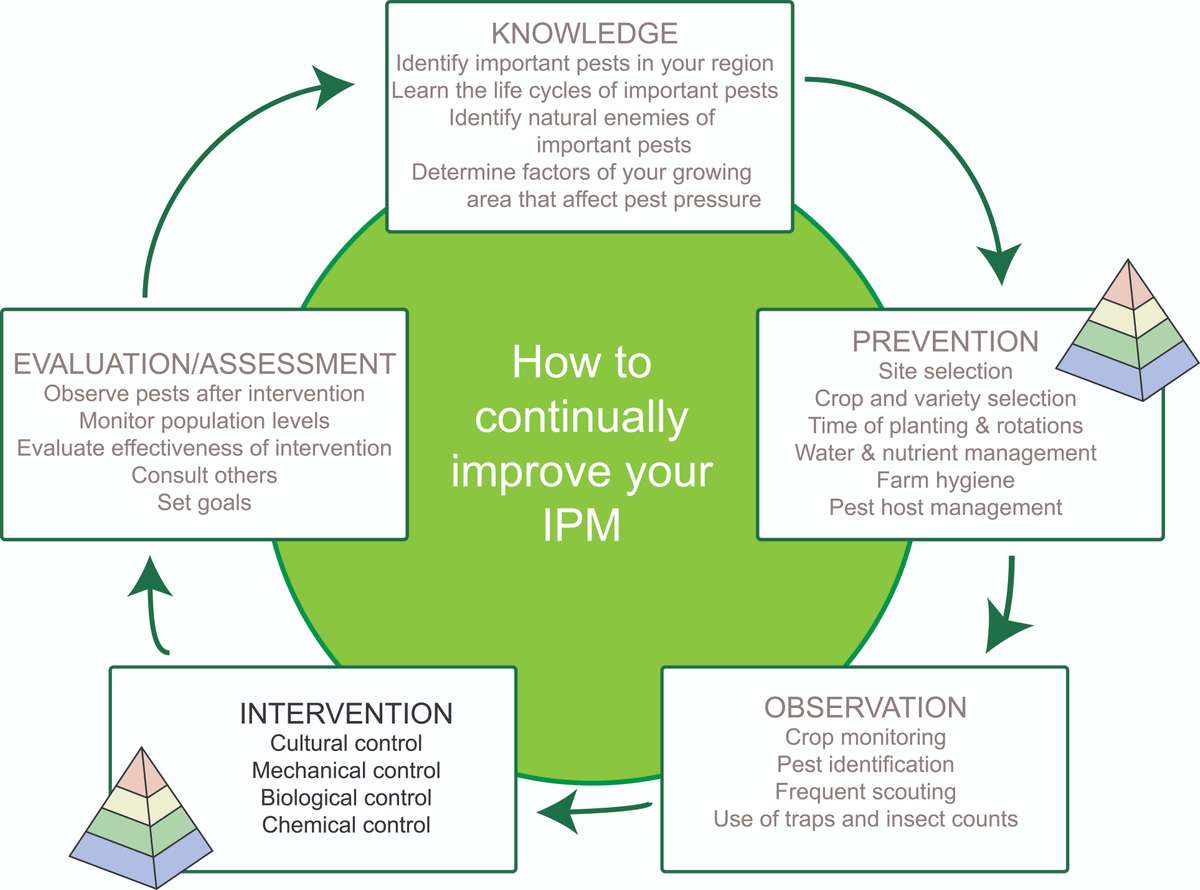The smart Trick of Pestwise That Nobody is Talking About
The smart Trick of Pestwise That Nobody is Talking About
Blog Article
Getting My Pestwise To Work
Table of ContentsAll About PestwiseRumored Buzz on PestwisePestwise Fundamentals ExplainedThe Of PestwiseThe Pestwise IdeasExamine This Report on PestwiseGetting The Pestwise To Work

Q. Define "integrated bug management" (IPM) and list several feasible control tactics that might be used in an IPM technique. A. Integrated pest monitoring is the combining of ideal bug control methods into a solitary plan to minimize pests and their damages to an acceptable level. Parasite control strategies might include: host resistance, organic control, social control, mechanical control, sanitation, and chemical (chemical) control.
Get This Report on Pestwise
What can you do to maintain the pests you are trying to manage from becoming immune to the pesticides you utilize? A. Pest resistance can be lowered by utilizing integrated parasite management and turning the kinds of chemicals made use of.
Parasites are an important threat to the farming service, and incorporated bug monitoring aids farmers address and reduce these dangers. Integrated bug administration uses numerous methods in complex, thus being an extra reliable solution to the issue. Wasp Nest Removal. Specifically, removing hostile chemical approaches permits minimizing injury to individuals and the atmosphere by utilizing all-natural and safer options rather
10 Easy Facts About Pestwise Described
The goal of incorporated insect management is to minimize this damage and control appropriate invasion degrees instead than get rid of all undesirable populations. This is why it is essential to comprehend what actions are justified in each instance and usage aggressive ones just when various other integrated monitoring strategies do not work. Integrated administration reduces the unfavorable effects of a non-IPM method, and the main benefits of IPM Conveniences of IPM.
A right understanding of the problem scope establishes if the problem must be dealt with. are the following components of an IPM program since it is vital to realize if the microorganisms make potential dangers and pick the integrated administration options or the particular chemical usage. plan to reduce invasions by applying different agronomic techniques.
The 9-Minute Rule for Pestwise
if avoidance was inefficient. Integrated management alternatives in an IPM program beginning with more secure to more aggressive ones. For instance, target or broadcast chemical spraying may follow hand-operated elimination or capturing that hasn't aided. Those incorporated monitoring facets assist comprehend just how to intend and carry out an IPM program action by step: Monitor your crops frequently.

Among others, IPM cultural approaches include the adhering to field management methods: dirt therapy; option of ideal plants; plant turning; interplanting or strip cropping; option of growing dates; weed control; use of trap plants. Beneficial soil problems speed up plant development, and strenuous plants are much more resistant to invasions. Healthy and balanced seedlings and seeds predetermine successful plant growth, so it is vital to pick pest-free planting material with strong go to these guys origins.
Thus, to name a few applications, plant turning can be efficiently utilized as an integrated insect administration approach. Vermin spread out slower if rows of various plant kinds separate their host plants in intercropping or strip cropping, which is likewise utilized in the integrated insect administration system. On the other hand, problems enhance when plants of the same crop type or household expand with each other.
, as well as tomatoes. Planting trap plants in spots is an additional choice for IPM intercropping. This integrated insect management approach recommends bring in bugs to particular plants and after that managing them with chemical or mechanical techniques.
Our Pestwise PDFs
Obstacles are typical examples of physical IPM techniques. Fully grown insects or their eggs and larvae are collected by hand and damaged.

Department of Plant Sciences. College of Missouri. Dirt solarization is an efficient incorporated monitoring technique to decontaminate the field by warming it in an all-natural means. This integrated management technique indicates an usual way of destroying insects by predators, parasitoids, microorganisms, and various other organic control representatives (aka antagonistic organisms). The duty of organic control in IPM is to.
Pestwise Fundamentals Explained
With time, their populace ended up being a real nuisance to farmers along with native kangaroos or dingoes. The walking cane toad is one more situation illustrating incorporated biological control failure hereof when it refused to hunt the target varieties and ended up being a pest itself. Parasitoids develop on or within their hosts to ultimately kill them after growing.
Report this page